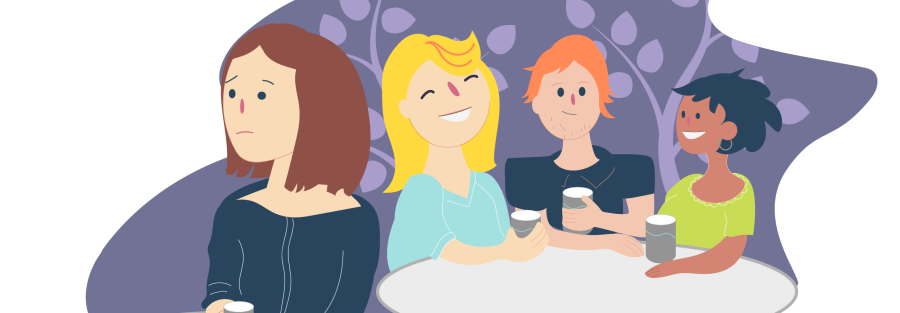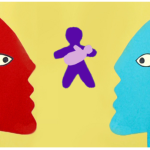Social Anxiety Disorder (SAD), also known as social phobia, is more than just shyness or occasional nervousness. People with SAD experience intense fear of certain social situations—especially those that involve unfamiliar people or potential scrutiny. This fear can significantly impair daily functioning and personal relationships. This article delves into the complexities of SAD, shedding light on its symptoms, causes, prevalence, and effective treatment methods.
Definition:
- Social Anxiety Disorder (SAD) is a chronic mental health condition characterized by an intense, persistent fear of being watched and judged by others.
Prevalence:
- SAD affects approximately 7% of the population at some point in their life.
- It typically begins in the early to mid-teens, though it can also start in adulthood.
- SAD is slightly more common in women than in men.
- The disorder can be found across various cultures, although the specific fears may vary based on cultural norms.
Risk Factors:
- Family History: A family history of social anxiety disorder or other mental health disorders can increase the risk.
- Temperament: Children who are timid, withdrawn, or restrained when facing new situations or people may be more at risk.
- Environment: Overprotective or controlling parenting styles or family environments marked by conflict may contribute to the development of SAD.
- Experiencing Negative Social Experiences: Bullying, family conflict, trauma, or social rejection can be significant triggers.
- Biological Factors: Neurobiological conditions affecting the regulation of mood, memory, and emotional processing might contribute to the disorder.
Signs and Symptoms:
- Fear of Social Situations: Intense anxiety about being in situations where the person is exposed to possible scrutiny by others.
- Avoidance: Avoiding social or performance situations to the point where it limits one’s daily activities.
- Physical Symptoms: Rapid heartbeat, nausea, sweating, and blushing in social situations.
- Excessive Worry: Excessive worry about social interactions, often days or weeks in advance.
- Negative Self-View: Persistent fear of being embarrassed or humiliated in front of others.
- Difficulty Being Assertive: Trouble speaking up, maintaining conversations, or connecting with people socially due to fear of judgment.
Treatment:
- Cognitive Behavioral Therapy (CBT): The most effective treatment for SAD, focusing on changing negative thoughts about social situations and increasing confidence in social abilities.
- Exposure Therapy: Gradually, and repeatedly exposing the person to the social situation they fear in a controlled way to reduce anxiety over time.
- Medications: Antidepressants such as SSRIs and SNRIs, or anti-anxiety medications, can help reduce symptoms.
- Group Therapy: Provides a safe space to practice social skills and receive support from others who understand the struggle with SAD.
- Lifestyle Adjustments: Regular exercise, sufficient sleep, and mindfulness practices can help manage symptoms.
Conclusion: Social Anxiety Disorder is a profound and often debilitating condition that can overshadow one’s ability to engage fully in life. Understanding the nuances of SAD is crucial for those affected and their loved ones. With the right treatment approach, individuals with SAD can overcome their fears and lead fulfilling lives.
For further reading and support on Social Anxiety Disorder, consider visiting:




